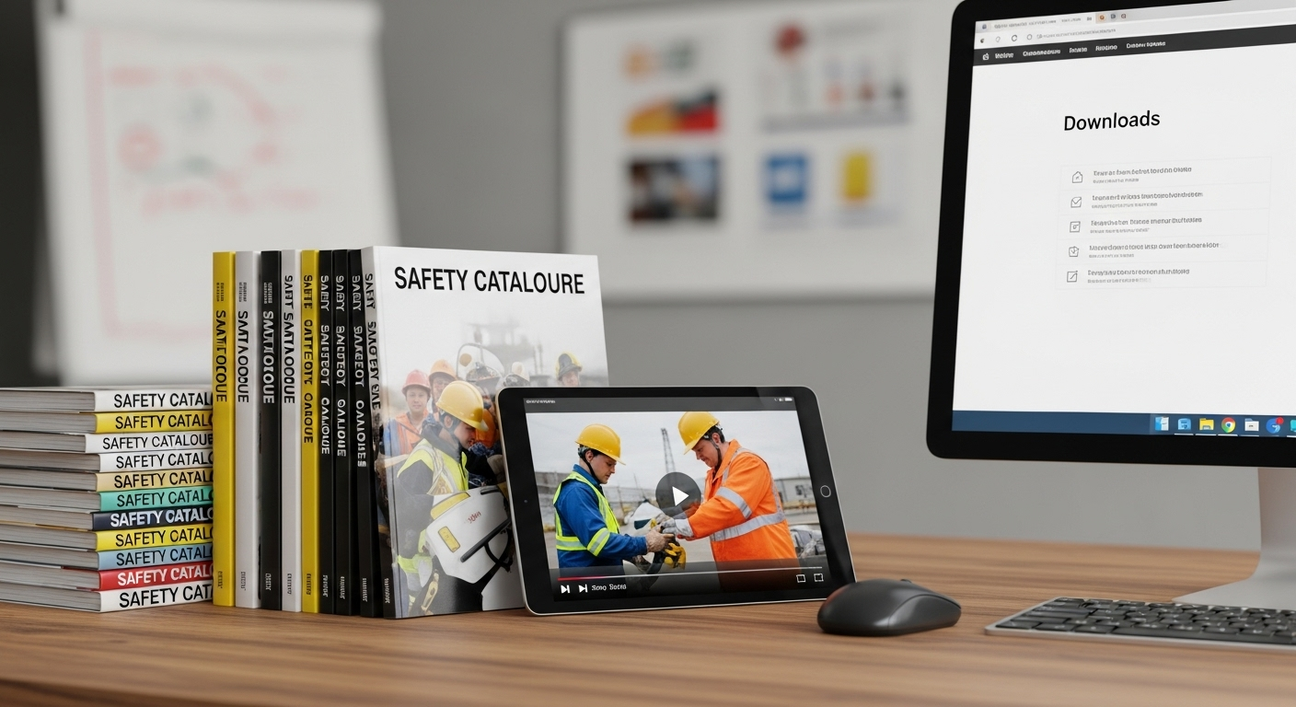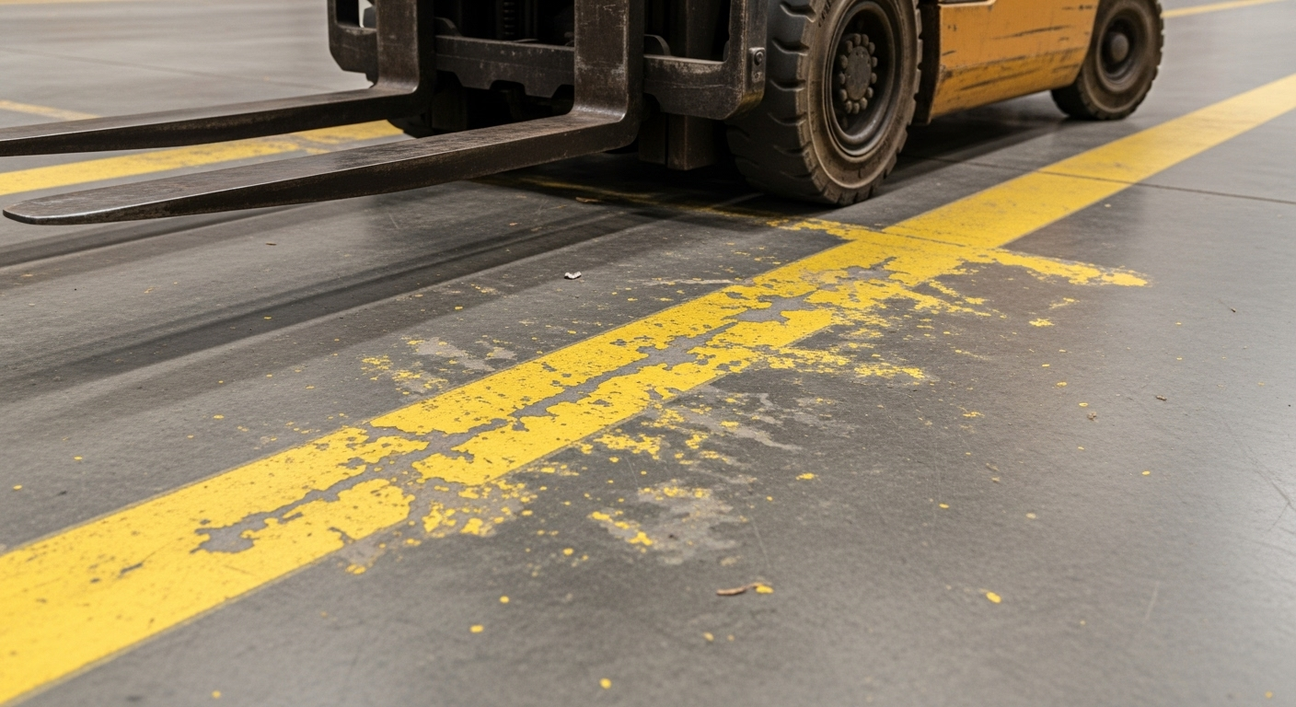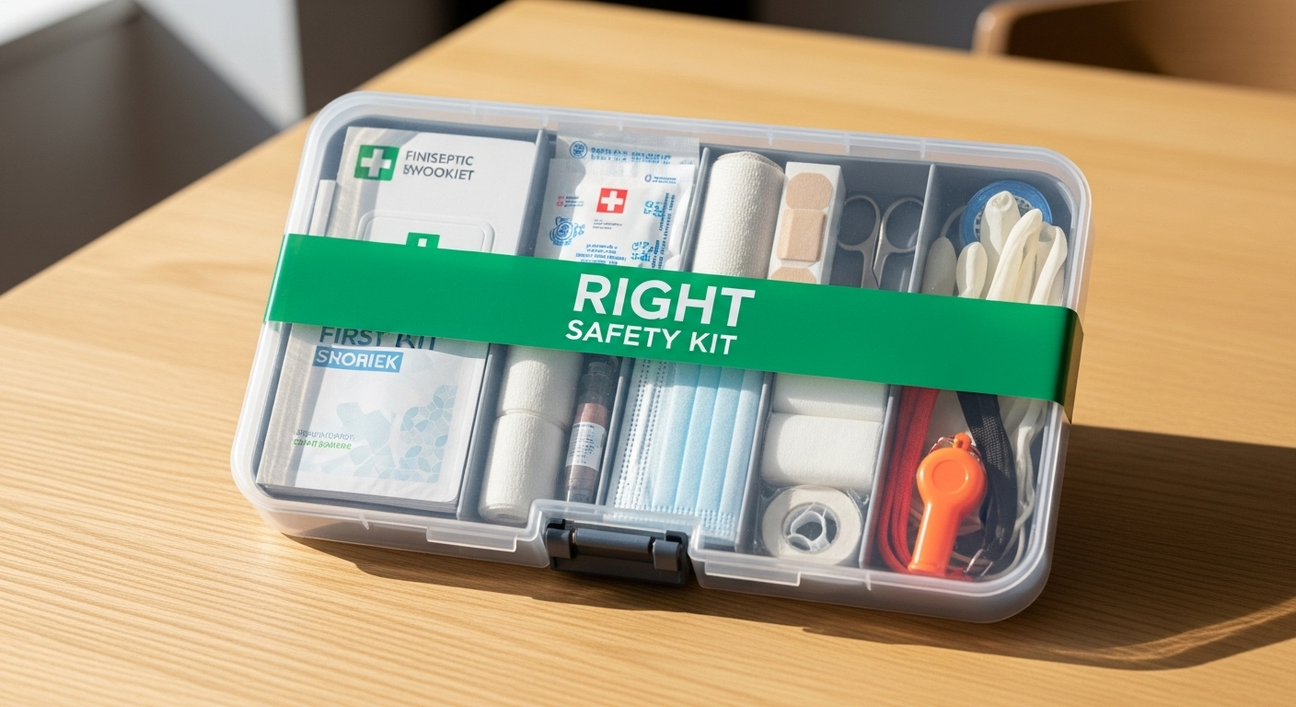Eye Wash Stations: Why Every Facility Needs One for Emergency Preparedness
- Introduction
- The Vital Role of Eye Wash Stations
- Compliance and Safety Standards
- Integrating with hand sanitizer dispenser Australia
- The Importance of Safety Floor Tape
- Electrical Lockout Devices and Their Role
- Lockout/Tagout (LOTO) Procedures
- The Role of Safety Padlocks
- Best Practices for Eye Wash Stations
- Synergy with Other Safety Equipment
- The Benefits of Comprehensive Safety Preparedness
- In Retrospect

In any workplace where chemicals or hazardous materials are present, safety preparedness is vital. One critical safety highlight regularly neglected is the eye wash station. This article digs into why each office needs an eye wash station and how it works in paired with other basic safety equipment, counting hand sanitizer dispensers, safety floor tape, electrical lockout devices, and lockout/tagout locks.
The Vital Role of Eye Wash Stations
An eye wash station is an emergency device designed to flush contaminants from the eyes. This is pivotal in environments where representatives might come into contact with perilous substances. Whether it’s chemicals, dust, or other irritants, prompt access to an eye wash station can avoid genuine wounds and long-term damage.
Compliance and Safety Standards
Many industries have stringent safety regulations that command the installation of eye wash stations. Compliance with these regulations not only protects employees but also helps dodge legitimate repercussions. Regularly inspecting and keeping up eye wash stations is essential to ensure they are useful and prepared for emergencies.
Integrating with hand sanitiser dispenser Australia

While hand sanitiser dispensers in australia focus on maintaining hand hygiene, they complement eye wash stations by upgrading overall safety. After utilizing an eye wash station, representatives can utilize hand sanitizer to guarantee cleanliness and reduce the spread of contaminants. This combination makes a more comprehensive approach to workplace cleanliness and safety.
The Importance of Safety Floor Tape

Safety floor tape plays a vital part in guiding employees to safety equipment and counting eye wash stations. Appropriately checked floors help direct people to the closest eye wash station rapidly, which can be crucial amid a crisis. Compelling utilize of safety floor tape guarantees that eye wash stations are easily available in basic moments.
Electrical Lockout Devices and Their Role
Electrical lockout devices are used to control dangerous vitality sources amid upkeep. These devices prevent accidental equipment startups, which can lead to wounds. In any case, electrical lockout gadgets do not address chemical presentation. That’s where eye wash stations come into play. They give quick alleviation in case of presentation of unsafe materials amid upkeep work, ensuring comprehensive safety.
Lockout/Tagout (LOTO) Procedures

Lockout/tagout (LOTO) locks, or locks, are significant for securing apparatus and preventing unauthorized access during support. These locks are a portion of a broader security procedure that incorporates eye wash stations. If an accident including hazardous substances occurs while machinery is bolted out, having an eye wash station promptly accessible guarantees that employees get incite treatment and decreases the chance of serious injuries.
The Role of Safety Padlocks

Safety padlocks are used in conjunction with lockout/tagout strategies to secure equipment and prevent accidental energization. By joining security latches with eye wash stations, offices guarantee that safety protocols address both mechanical and chemical risks. This combination gives a comprehensive approach to crisis preparedness.
Best Practices for Eye Wash Stations
- Regular Inspections: Eye wash stations ought to be inspected frequently to guarantee they are in proper working condition. Check for water stream, cleanliness, and any hindrances that might impede access.
- Employee Training: Training employees on how to utilize eye wash stations is crucial. Ensure that all staff know the location of the eye wash stations and understand how to use them effectively.
- Integration with Safety Measures: Eye wash stations should be a portion of a broader safety strategy that incorporates other measures such as hand sanitizer containers, security floor tape, and lockout/tagout strategies. This coordinated approach helps make a safer work environment.
Synergy with Other Safety Equipment

Integrating eye wash stations with other safety equipment maximizes their adequacy. For illustration, hand sanitizer dispensers work in couple with eye wash stations to upgrade overall cleanliness. After utilizing an eye wash station, representatives can utilize hand sanitizer to avoid the spread of contaminants.
Electrical lockout devices and LOTO padlocks are essential for controlling hazardous vitality sources amid maintenance. Whereas these gadgets avoid accidental new companies, eye wash stations give immediate help if the introduction to perilous substances occurs amid upkeep activities.
The Benefits of Comprehensive Safety Preparedness

A well-designed security technique that incorporates eye wash stations, hand sanitizer allocators, security floor tape, electrical lockout gadgets, and lockout/tagout procedures offers various benefits. It helps prevent accidents, minimizes the hazard of wounds, and ensures compliance with security regulations.
Investing in these safety measures illustrates a commitment to employee well-being and cultivates a culture of security inside the workplace. By ensuring that all safety equipment is legitimately maintained and accessible, facilities can make a more secure and more effective work environment.
In Retrospect
Eye wash stations are a critical component of emergency preparedness in any office. They play a vital role in preventing and tending to eye wounds coming about from exposure to perilous materials. When integrated with other security measures such as hand sanitizer dispensers, safety floor tape, and lockout/tagout devices, eye wash stations contribute to a comprehensive safety strategy that addresses both preventive and reactive needs.



















































